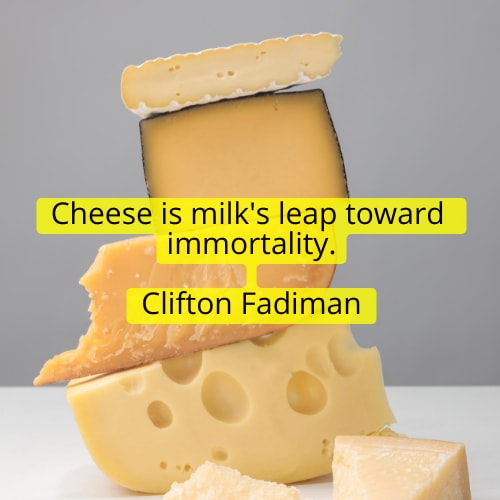How smart data is helping blue cheese go green | Promotional Feature
Cheese doesn’t like change. You need stable temperatures and humidity to get the desired effect as it ages. Conditions must be just right. You might think that Britain’s cheesemakers, many of whom have used the same techniques and milk from cows grazed on the same pastures for generations, would be similarly change-resistant.
Well, you’d be wrong.
“The climate, government targets and consumer demands are changing, energy prices are soaring, and profits are going south,” says Kim Kettle, farm liaison director at Leicestershire’s Long Clawson Dairy, which has been making Stilton and other classic English cheeses such as Rutland Red and Shropshire Blue since 1912.
“This means we must be adaptable and open to change too. With costs escalating, the concern was that farmers would become entrenched, and conversations would be difficult. But we’ve been able to show how greater efficiency puts more money in farmers’ pockets. Now, nearing the end of my career we’re on a journey to reduce our emissions by 30% by 2030.”
Making blue cheese greener
So, Clawson wants to make its Stilton greener. Not literally, of course – Stilton’s blue veins are secure under its Protected Designation of Origin (PDO) status – but by encouraging all members of its farming co-operative to comprehensively measure their use of inputs such as feed, fuel and fertiliser and compare with milk volumes produced to identify where savings can be made.
To that end, Clawson is working with farm data and analytics specialist Map of Ag to measure the carbon footprints of the 32 Leicestershire, Nottinghamshire and Derbyshire farms that supply the dairy. “Around eighty per cent of our emissions come from our farms so if we don’t measure their footprints we just wouldn’t know where to start,” says Kettle.
“Now we’ve done the initial work, we’re concentrating on big, bold steps around the efficient use of feed, fertilisers, fuel and energy to ensure that we can hit our…
..


